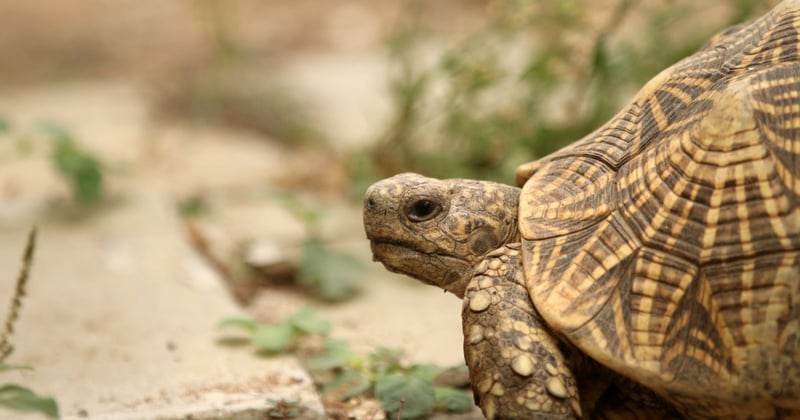
New CITES protection measures go into effect today
News
Thanks to decisions taken at the CITES 18th Conference of the Parties (CoP18) in August 2019, Asian small-clawed and smooth-coated otters, Indian Star tortoises and many other animals targeted and traded for the exotic pet trade will now have increased protection from exploitation
Ninety days after the decisions were taken in Geneva, the up-listing to Appendix I for the two Asian otter species and for the Indian Star tortoise will be in full force and effect, meaning that the international trade in these species is prohibited for commercial purposes. Effectively, wild-caught specimens will no longer be legally permitted for international trade for entertainment reasons or to become someone’s pet.
Our report earlier this year revealed that otters suffer at the hands of those involved in the illegal trading of wildlife. Southeast Asia has seen a massive rise in the popularity of otters as pets. But not only is it cruel and potentially dangerous to keep an otter as a pet, this trend is putting the very future of some otter species at risk.
The online trade, and a high increase of posts on social media depicting a false narrative that otters make good pets, is driving the demand for keeping otters as exotic pets. This popularity is driving the illegal hunting, illegal trafficking, and unregulated captive breeding of otters, including baby otters.
Watch our documentary trailer, Otters and the exotic pet trade:
World Animal Protection welcomes the strengthened protections for these animals which go into effect as of today, November 26. Listing these species in Appendix I will raise the profile and priority of these species with enforcement agencies, providing a tool for stronger regulation.
One global classification system
CITES identifies species of conservation concern. At meetings called Conference of Parties (CoP), held every two to three years, the members (Parties) assess a species’ vulnerability and determine in which Appendix, if any, to place them.
The CITES Appendices now include more than 35,000 species - approximately 5,500 species of animals and 29,500 species of plants:
- Appendix I: commercial trade of species threatened with extinction that are or may be affected by trade, is prohibited
- Appendix II: species which may become threatened unless trade is strictly regulated may be traded internationally under certain import and export controls
- Appendix III: these species are not necessarily threatened but a range State has asked for help in monitoring trade
The CITES Appendices now include more than 35,000 species - approximately 5,500 species of animals and 29,500 species of plants.